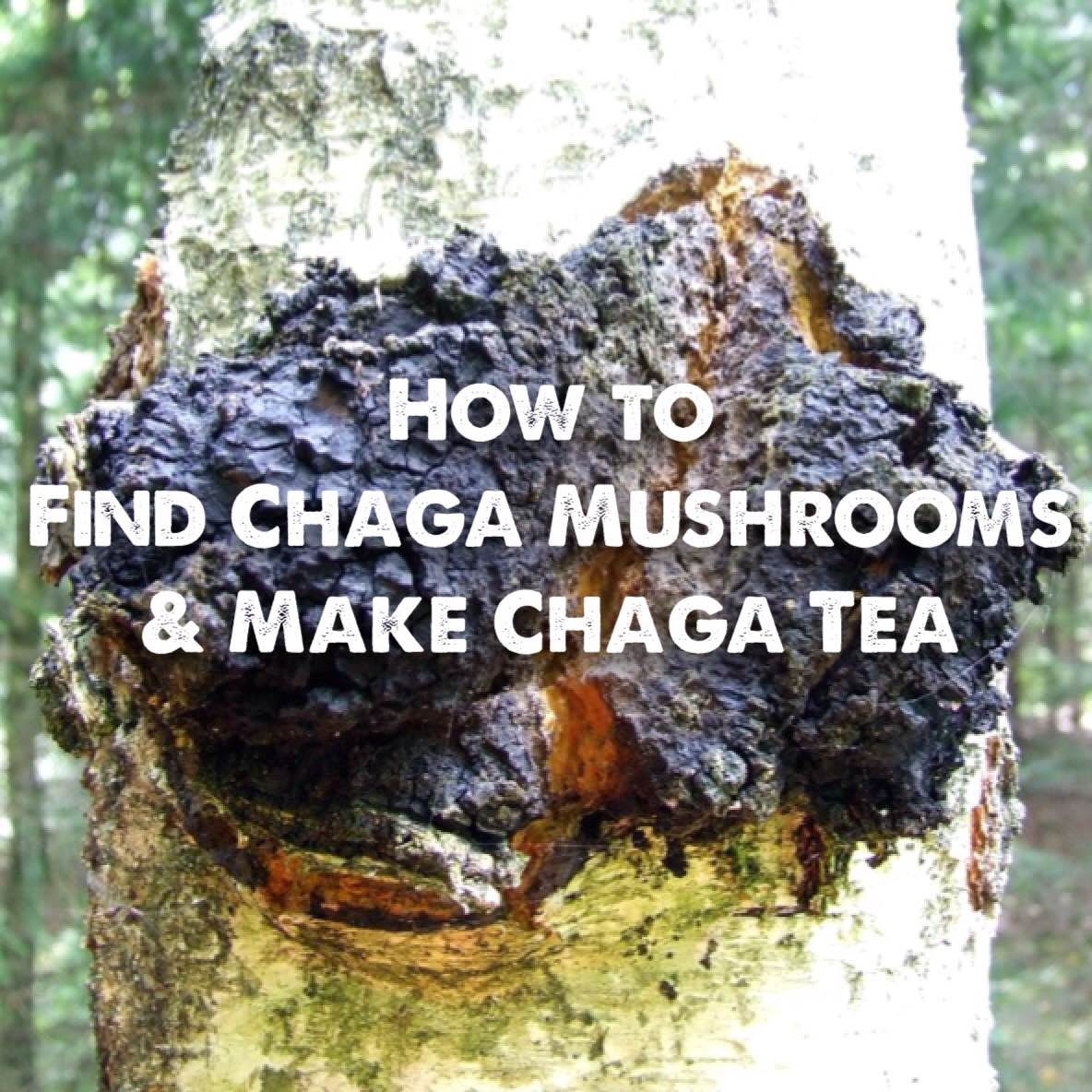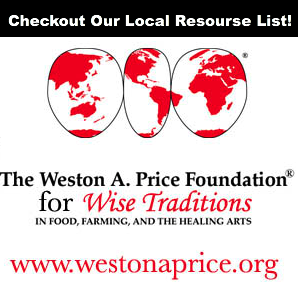 Bryan Mets is a great friend, permaculture wizard, and founder of the Great Lakes Permaculture Portal, based in southern Michigan (Macomb). Last year he attended Mark Shepard’s Permaculture Design Course at Mark’s “New Forest Farm” in southwest Wisconsin. Ever since we devoured Mark’s book, Restoration Agriculture, we have nerded out on the fact that his farm is an actual working example of a large-acre permaculture based farm, incorporating keyline principles, swales, ponds, animal grazing, and perennial polycultures. He even grows his own biofuels to run his tractors and equipment! I’m excited to hear more about what Bryan learned at this 10 day, Permaculture farmer bootcamp. So, for both our enjoyment, I introduce the illustrious Bryan Mets!!
Bryan Mets is a great friend, permaculture wizard, and founder of the Great Lakes Permaculture Portal, based in southern Michigan (Macomb). Last year he attended Mark Shepard’s Permaculture Design Course at Mark’s “New Forest Farm” in southwest Wisconsin. Ever since we devoured Mark’s book, Restoration Agriculture, we have nerded out on the fact that his farm is an actual working example of a large-acre permaculture based farm, incorporating keyline principles, swales, ponds, animal grazing, and perennial polycultures. He even grows his own biofuels to run his tractors and equipment! I’m excited to hear more about what Bryan learned at this 10 day, Permaculture farmer bootcamp. So, for both our enjoyment, I introduce the illustrious Bryan Mets!!
Of all the PDCs out there available, what made you choose Mark Shepard’s course?
I’m going to back this question up a bit to provide a more holistic framework. Permaculture design starts by observing patterns and working toward details, so before I even began thinking about taking a PDC I read a number of books on the subject – Gaias Garden, Sepp Holzer’s Permaculture and Permaculture: A Designers Manual to name a few. I also watched all sorts of videos on the subject, a number of which you can find on GLPPs video and audio resources page. During my research I found out about Peter Bane, author of The Permaculture Handbook, and his partner Keith Johnson, so I took a weekend class with them (full disclosure: this is where Levi and I met). Somewhere during this process I realized this design system integrated well with my life philosophy, so I decided to dedicate myself to developing regenerative systems.
All this observation and interaction led me to the conclusion that I should take a PDC. I knew I wanted to design in the Great Lakes bio-region, so I wanted to find an instructor who is highly experienced. Since I’d already taken the course with Peter and Keith, I wanted to expand my instructor base. From there the options of highly experienced designers became basically Wayne Weiseman, Mark Shepard, the team over at Midwest Permaculture or Finger Lakes Permaculture Institute in New York. After reading Mark’s book Restoration Agriculture, it became clear he was the teacher for me. My family owns a farm of comparable size to his and it would be nice if someone were to take over management of it after my father retires from farming. If I don’t take up that role, it is unclear who would fill that niche.
I took a PDC because Mark Shepard was teaching it, and he developed the design system for ecological farming in our climate, outlining the patterns to follow. It wasn’t because I thought a PDC was going to teach me how to design integrated systems. A 72 hour course isn’t really going to make you a proficient designer, that comes from knowledge of physics, ecology, thermodynamics and observation of natural patterns. So if you’re going to take a PDC, it is important to understand what you want to get out of it before coming in. Another thing Mark did is he made sure all the students received the Designers Manual, which is a fantastic resource and a must for anyone serious about Permaculture design.
What are the main crops/products from the farm?
It depends. Right now, the major outputs from New Forest Farm are hardy saplings of a number of species, the most famous being chestnuts and hazelnuts. There’s also a Cydery component to the system for processing apples. Other incomes come from asparagus, acorn squash and naturally grown pigs, cows and sometimes sheep.
That hasn’t always been the case. Perennial systems take a long time to establish, and one of the important things is to make an economically viable system. How sustainable or resilient is it if you plant all these trees and then have to sell the farm because you didn’t have the income to support it?
Basically, every living thing has a market somewhere, its a matter of the designer to figure out where that market is and how to harvest and process a large enough quantity of product to reach that target market. The number of products Mark has sold throughout his career are too many to list, but also include elderberry and thistle. For each location, economic viability of a business will be slightly different, so you have to work with that economic ecology, not against it. Shape your business to the landscape, not the landscape to the business.
Can you describe how they are integrated into one system?
Alley cropping and silvopasture primarily. The larger plants are planted on a keyline pattern with land that either has annual plants or pasture between it. The animals are rotationally grazed through the pasture areas, improving pasture health and moving around nutrients.
Mark is known for his novel approach to planting and selection. Could you explain it for us?
Mark’s done some amazing work on enhanced development of the keyline design system for water catchment. You might be going “that’s not planting” but water is incredibly important to plant growth, even more so than sunlight in many cases in our climate. Maximizing sunlight can be detrimental to plant health because it increases evaporation and therefore decreases availability of water to those plants.
But for plants, the method is called STUN; sheer, total, utter neglect. He plants seedlings very close together and expects many of them to die. If they don’t die on their own, but also don’t produce quickly, he culls them in favor of fast producing genetics. Once he gets a good crop of fast producers, he selects for plants that provide high yields, and the process begins anew.
Any weaknesses or criticisms of his system?
Honestly, the big thing people might observe though it is rarely talked about, is that after 18+ years, New Forest Farm still isn’t a fully mature system. There is plenty of opportunity for continued development of the crops and the land. If you think in an ecological time scale that makes perfect sense – he’s still in the middle of ecological succession.
In terms of infrastructure, when we were there the neighbors fields spit water right down the middle valley of the farm (it rained 2.5” in one go during the PDC). Because his neighbor isn’t capturing and storing the water on his own land, there’s this 80 acres of nutrient that can be harvested before it moves further downstream, but capturing all of that is no easy task. There are more earthworks to be built to capture and store it.
Also, the plant selection work can go on forever. Each generation of plants will add their little piece to it. Once you get one species functioning fairly well, you’ve got any number of other species to start doing the selection process for.
Other than this, if you’ve read Restoration Agriculture, there are some figures that could be a bit hyperbolic. Eric Toensmeier points that out in one of his lectures. They’re theoretical yields. Yields are going to be dependent on the system, on the soil fertility, climate etc. For example, an acre of chestnut has the potential to yield upwards of 4000 lbs of nuts, but if you ask around you’ll find the reality varies. In his Book, Ben Falk puts up an estimate of 800-900 lbs per acre, while if you talk to Roger Blackwell of the Chestnut Growers inc. Co-op, he might tell you somewhere in the 2000-4000 lb range. It depends.
Another thing to consider is where you start externalizing yields. Is a perennial system going to be as productive as an annual system?

Anything else you’d like to share about your experience or any closing thoughts?
I am excited for the sun’s expansion that will make this conversation completely moot in a billion years.
~That’s Bryan folks!!
Until next time. 🙂
*All photos courtesy Bryan Mets, 2013







